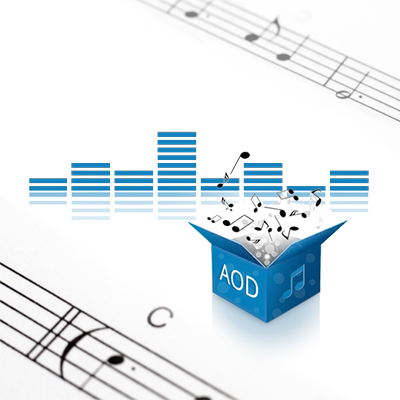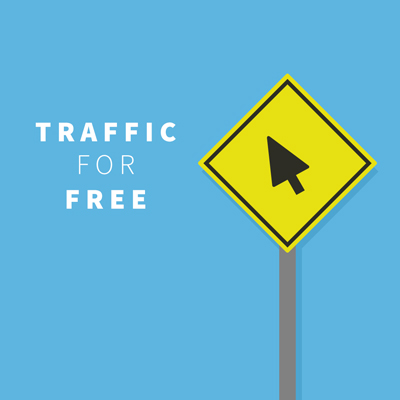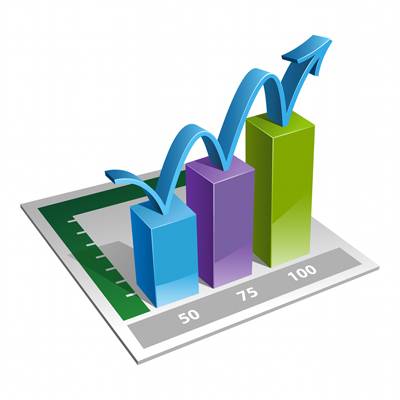What Is A Digital Publishing Business?
 The Internet has opened up a whole host of new business opportunities. Just flip on the daily news and you’ll see stories about exciting startups transforming the world. It seems like there are a boundless number of smart people who have gone from tinkering around in their garage to building multi-billion dollar empires that transform the world.
The Internet has opened up a whole host of new business opportunities. Just flip on the daily news and you’ll see stories about exciting startups transforming the world. It seems like there are a boundless number of smart people who have gone from tinkering around in their garage to building multi-billion dollar empires that transform the world.
However, these are not the only people making lots of money online. Thousands of people from all around the world are now able to make full time livings by packaging information and selling it online.
They are starting what is known as Digital Publishing Businesses.
Publishing businesses have been around for a long time. They are businesses that package information and sell it to customers who want to learn about a certain topic or solve problems in their lives.
It’s a successful business model, but it used to be FAR more difficult to start one than it is today.
To start a traditional publishing business, you had to spend tons of money upfront. You had to invest in infrastructure and warehouse your products. You only actually made money after you sold thousands of them.
The Internet has changed that. Today, you can create high quality written, audio, and video content for pennies. All you need is a computer and free or inexpensive software, and you’re off to the races.
Marketing is also much easier. You don’t need to spend a bunch of money on ads in magazines and newspapers. Instead, you can spend a small amount of money on highly targeted ads on Facebook and Google. If you don’t want to spend any money at all you can build an audience using social media, blogs, and forums.
All in all, digital publishing businesses are…
- Inexpensive to get off the ground
- Easy to scale
- Growing at a massive rate
It’s a fantastic business to get into.
Best of all, you don’t have to be a great writer. You don’t have to be the smartest person in the world. You don’t even need to know much about the Internet.
The most important thing you need is DESIRE. If you really want to support your family, quit your day job and go on to live the life of your dreams, then you have a great chance of succeeding.
On this website, you will learn EXACTLY what you need to succeed. The business model is straightforward, and you can get your business off the ground quickly. You don’t need a ton of money to get started, which makes it IDEAL if you want to start making money on the side before quitting your job and going all in.
Check out the information on this website. Learn the business model. Then, most important of all, go out and DO IT.
Creating your own digital publishing business could very well transform your life.
 You can successfully create a digital publishing business in multiple niches. Just take a look at Amazon Kindle’s bestseller list and you will find successful e-books in just about every category imaginable.
You can successfully create a digital publishing business in multiple niches. Just take a look at Amazon Kindle’s bestseller list and you will find successful e-books in just about every category imaginable.  The core of digital publishing businesses are information products. These are basically packages of information.
The core of digital publishing businesses are information products. These are basically packages of information.  To create a successful digital publishing business, you need to create content. This content can take many forms such as written, audio, or video.
To create a successful digital publishing business, you need to create content. This content can take many forms such as written, audio, or video.  One of the best ways to grow your digital publishing business is to create an audience. If you create an audience of people who like you and your content, you have a terrific asset at your disposal.
One of the best ways to grow your digital publishing business is to create an audience. If you create an audience of people who like you and your content, you have a terrific asset at your disposal.  The core of your digital publishing business is packaged information containing fantastic content. People learn in different ways, so offering products with a mix of written, video and audio elements is a great way to offer maximum value to your customers.
The core of your digital publishing business is packaged information containing fantastic content. People learn in different ways, so offering products with a mix of written, video and audio elements is a great way to offer maximum value to your customers. To create a successful digital publishing business, you need fantastic content. That is the core of successful digital publishing businesses.
To create a successful digital publishing business, you need fantastic content. That is the core of successful digital publishing businesses. Once you have created a quality product, you are well on your way to building your digital publishing business. However, “if you build it, they will come” doesn’t quite work. You need to put in some work to generate “traffic” – people checking your stuff out.
Once you have created a quality product, you are well on your way to building your digital publishing business. However, “if you build it, they will come” doesn’t quite work. You need to put in some work to generate “traffic” – people checking your stuff out. Once you have created a quality product, you are well on your way to building your digital publishing business. However, “if you build it, they will come” doesn’t quite work. You need to put in some work to generate “traffic” – people checking your stuff out.
Once you have created a quality product, you are well on your way to building your digital publishing business. However, “if you build it, they will come” doesn’t quite work. You need to put in some work to generate “traffic” – people checking your stuff out. One of the most important parts of starting a digital publishing business is picking the right niche to center your business around.
One of the most important parts of starting a digital publishing business is picking the right niche to center your business around.